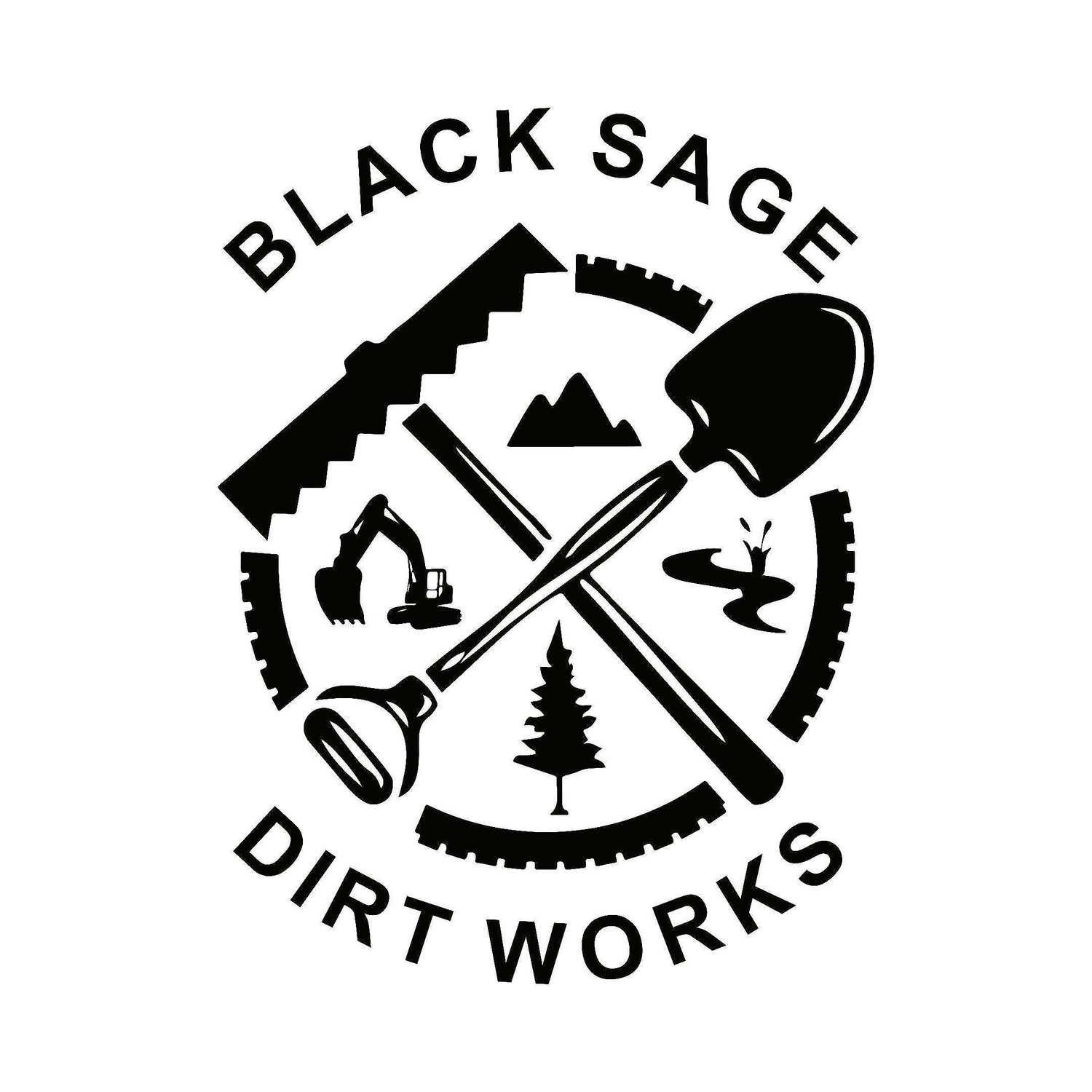Complete Guide To Pump Tracks for Towns, Cities or Your Backyard: How to Design, Permit, and Build
Pump tracks, a thrilling blend of art, sport, and engineering, are becoming increasingly popular in towns, cities, and even backyards. This guide offers comprehensive insights on designing, permitting, and building pump tracks. Whether you're a community leader, a sports enthusiast, or a homeowner, this guide will walk you through the essential steps to bring your pump track project to life.
Understanding Pump Tracks
What is a Pump Track?
A pump track is a circuit of rollers, banked turns, and features designed to be ridden completely by riders "pumping" - generating momentum by up and down body movements, instead of pedaling or pushing. It's a playground for all ages, skill levels, and vehicles, from bikes to skateboards and scooters.
Benefits of Pump Tracks
Community Engagement: They provide a safe, healthy, and fun environment, fostering community spirit and engagement.
Skill Development: Riders of all levels can improve their balance, strength, and bike handling skills.
Inclusivity: Pump tracks are accessible to all, regardless of age or skill level, making them an inclusive community feature.
Community and Environmental Benefits of Pump Tracks
Pump tracks are not just about sports and recreation; they significantly impact the community and the environment. According to an article by Shawn Wilson on Lee Likes Bikes, one of the key benefits of building a pump track is the minimal environmental impact. Unlike concrete or paved parks, dirt pump tracks emit significantly less carbon dioxide, making them a more sustainable choice for community development. The article emphasizes how pump tracks can become valuable assets to cities with their low cost and high community engagement. To explore more about these environmental benefits, read the full article on Lee Likes Bikes.
Social Impact of Pump Tracks on Communities
Pump tracks also offer profound social benefits. As discussed by Claudo Caluori on APSense, pump tracks foster social inclusion by being accessible and enjoyable for users of all abilities, genders, and ages. They are platforms for skill development, encouraging a healthy lifestyle, and even reducing antisocial behavior. This inclusive nature of pump tracks helps in enriching community spaces, making them ideal for people new to the area to meet neighbors and build lasting relationships. To delve deeper into how pump tracks contribute to community building, read more on APSense. Interested in a list of central Oregon pump tracks? We got you covered.
Step 1: Designing Your Pump Track
Location and Size
Choose a location easily accessible, visible, and safe. The size of the track should align with your available space and intended user base. For backyard tracks, consider your space limitations and personal use.
Track Design
A well-designed track balances flow, variety, and difficulty. Engage a professional designer or use available design software to create a layout. Remember, a good design maximizes rider enjoyment and safety.
Step 2: Navigating Permits and Regulations
Understanding Local Regulations
Each town, city, or county has its own set of regulations. In Central Oregon, BlackSage Dirt Works can help navigate the specific requirements of Bend, La Pine, Sisters, Prineville, Madras, and Deschutes County.
Permitting Process
Securing a permit may involve presenting your design, demonstrating community support, and ensuring environmental and safety compliance. Start this process early to avoid delays. One of the keys to a successful community project is building an inclusive team that engages multiple community organizations, biking organizations, and professional trail builders that have experience pushing projects throngh the bureaucratic process. The end goal is to have a park that gets the support of the entire community.
Step 3: Building Your Pump Track
Choosing the Right Materials
The most common materials are dirt and asphalt. Dirt is versatile and easier to shape, while asphalt provides longevity and lower maintenance. Your chosen professional builder can help assess the location, environmental factors, target users, and available local materials to make the best chose for the project.
Construction
Hiring a professional team like BlackSage Dirt Works ensures efficient and high-quality construction. They have the expertise and equipment to handle grading, drainage, and shaping.
Maintenance and Safety
Regular Maintenance
Dirt tracks require regular maintenance to keep them safe and enjoyable. This includes watering, compacting, and repairing.
Safety Measures
Implement safety signs, proper fencing, and regular inspections to ensure a safe environment for all users.
Conclusion
Pump tracks offer an excellent opportunity for physical activity, skill development, and community building. By following these steps in design, permitting, and construction, you can create a vibrant space for everyone to enjoy.
FAQ
Q1: How long does it take to build a pump track? The construction time varies based on size and complexity, ranging from a few weeks to several months.
Q2: Can pump tracks be used in all weather conditions? Asphalt tracks are all-weather friendly, whereas dirt tracks may be unusable during heavy rain.
Q3: Are pump tracks suitable for young children? Absolutely! Pump tracks can be designed with features suitable for all ages, including young children.
Q4: How much does it typically cost to build a pump track? Costs vary widely depending on size, materials, and design complexity. A small, basic track can start in the low thousands, while larger, more complex tracks can cost significantly more.
Q5: Can pump tracks be customized for specific sports? Yes, pump tracks can be tailored to specific uses like BMX biking, mountain biking, or skateboarding by adjusting the track's features and layout.
BlackSage Dirt Works is dedicated to providing expert guidance and high-quality construction services for your pump track project in Central Oregon. Contact us to transform your vision into a dynamic, safe, and engaging space for your community or backyard.



